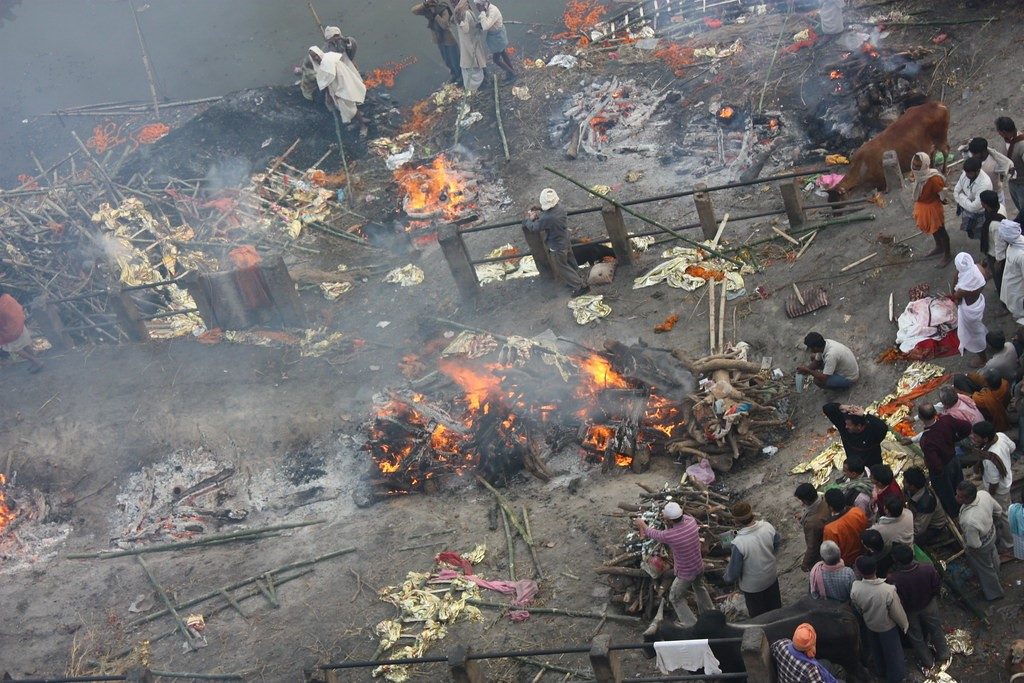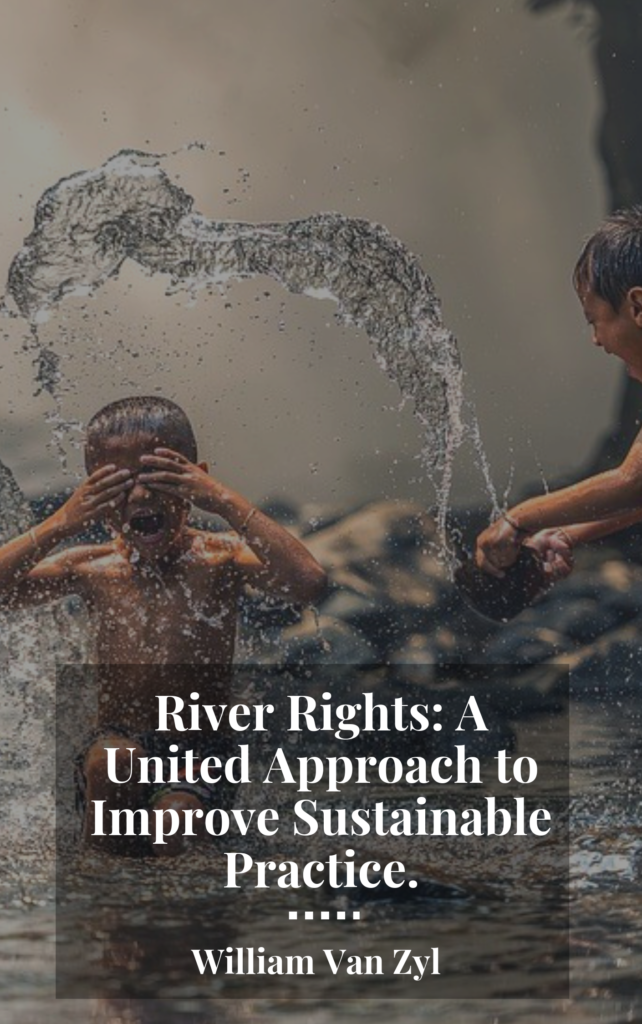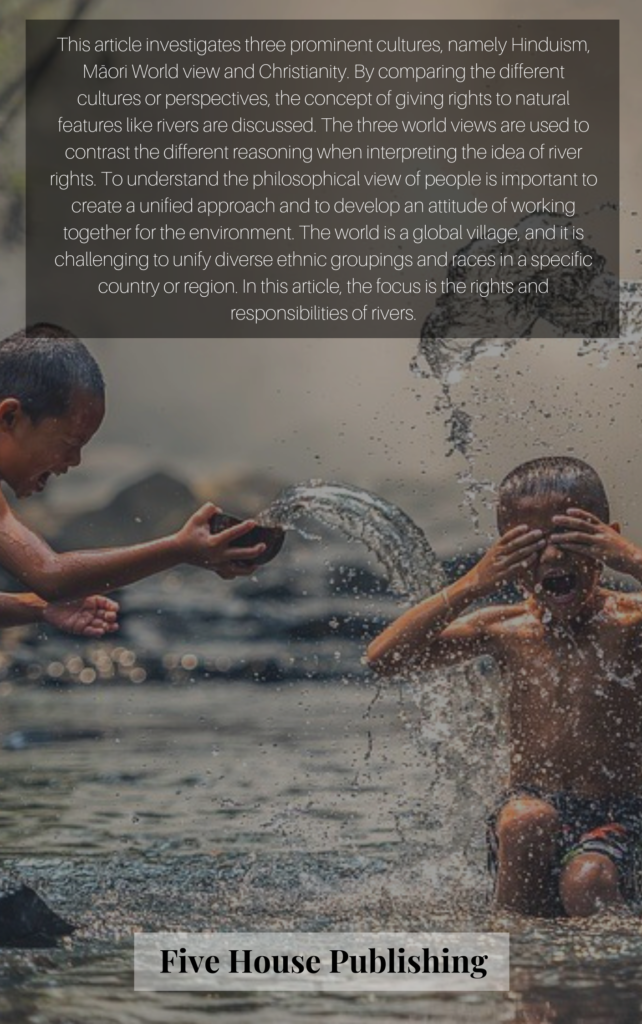$0.00
Book/article details: 3887 words. 25 x size A4 pages with 7 images and cations.
Read the full article as a blog post:
https://fivehousepublishing.com/2021/10/07/river-rights-a-united-approach-to-improve-sustainable-practice-2/
https://fivehousepublishing.com/2021/10/07/river-rights-a-united-approach-to-improve-sustainable-practice-2/
Overview
From a sustainability perspective, this article investigates the views of three prominent cultures: Hinduism, Māori World view (New Zealand’s indigenous people), and Christianity. By comparing the different cultures or perspectives, the concept of giving rights to natural features like rivers are discussed. However, there are many more world views – or religions – to consider; the three mentioned are used to speak on behalf of all the different perspectives or opinions in our world. The three views contrast the different approaches or reasoning when interpreting the idea of river rights. Understanding the different philosophical views or premises from which people view the world – or reality – is essential. In this article, I call for a unified approach to accept others’ perspectives and views; to develop an attitude of working together for the environment. The world is a global village, and it is challenging to unify diverse ethnic groups, cultures, and races in a specific country or region. In this article, the focus is the rights of rivers and the responsibilities that follow.
At the start, we will look at the Hinduism perspective and specific the Ganges River of India. Secondly, the Māori World view will be explored, and the rights of the Whanganui River – awarded in 2014 (New Zealand) will be discussed. Finally, a Christian or Biblical view will be investigated.

Varanasi, Manikarnika Ghat (photo no 2) – Cremation of the dead (Northern India). The photo was taken by Arian Zwegers (Flickr) – December 21, 2008.
Description
*Free /article/ebook download here (pdf)
.
Introduction
About 2,000 million litres of sewage flows into the Ganges River (in the vernacular Ganga) – located in India – every day. Think about that. Every day every week, every year. Year after year. Imagine the impact on the river and its surroundings. The newly re-elected president of India – Narendra Modi (May 2019) – has promised to do something about the pollution of the Ganges River a couple of years ago. Since then, no progress has been made. The Ganges River in India is one of the world’s most polluted bodies of water. Are the citizen killing the river? Can the river handle this flow of sewage, you may ask. If the Ganges River could talk, what would it say to us?
Over and above the sewage, the ashes of thousands of Hindus and partially scorched human remains are dumped into the Ganges every day. Birds and dogs scavenge all day and night long. The Hindus of India believe they can break the perpetual cycle of samsara. It is the cycle of birth and rebirth (reincarnation); thus, they strive to achieve moksha – eternal liberation.
Contents
Overview. Page 5
Introduction. Page 6
Setting an international example: The Whanganui River in New Zealand receiving ‘rights’ in 2014. 10
A Spiritual perspective on the Ganges. 10
Māori Perspective of the Environment 12
Kaitiakitanga today. 13
Māori’s Spiritual perspectives on the Environment 14
A Christian world view or perspective on Sustainability and sustainable practice. 15
Defining Dominion. 17
Conclusion: 20
References: 22
ABOUT THE RESEARCHER (AUTHOR): 24
Christian Perspective. Page 24

River Rights: A United Approach to Improve Sustainable Practice (Front cover).

River Rights: A United Approach to Improve Sustainable Practice (Back cover).





